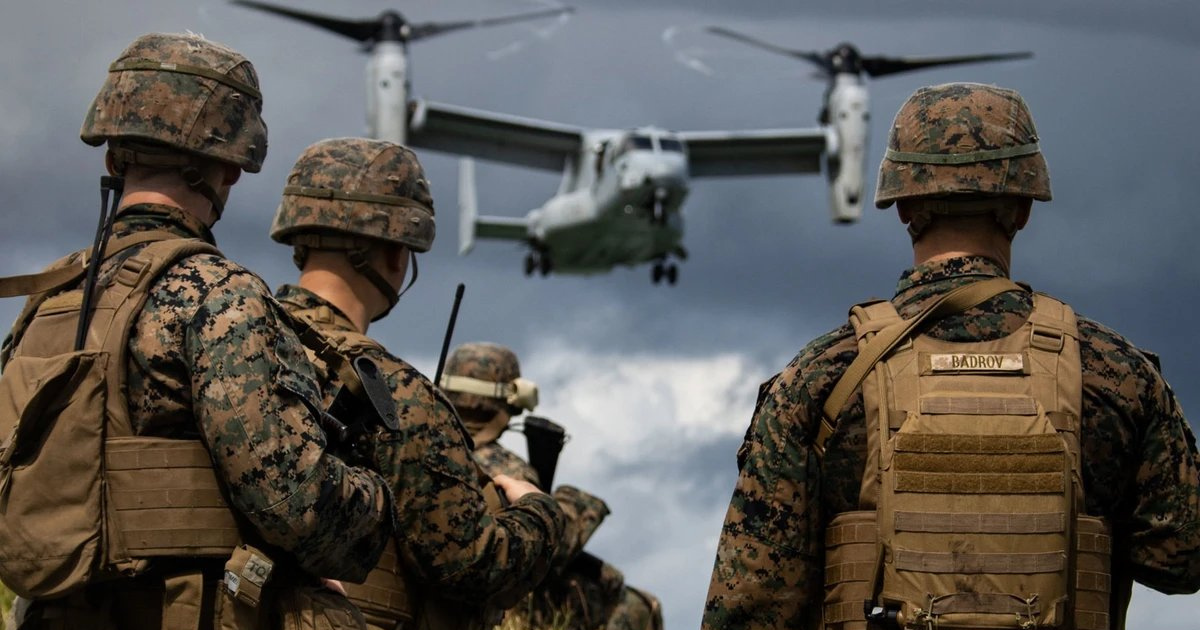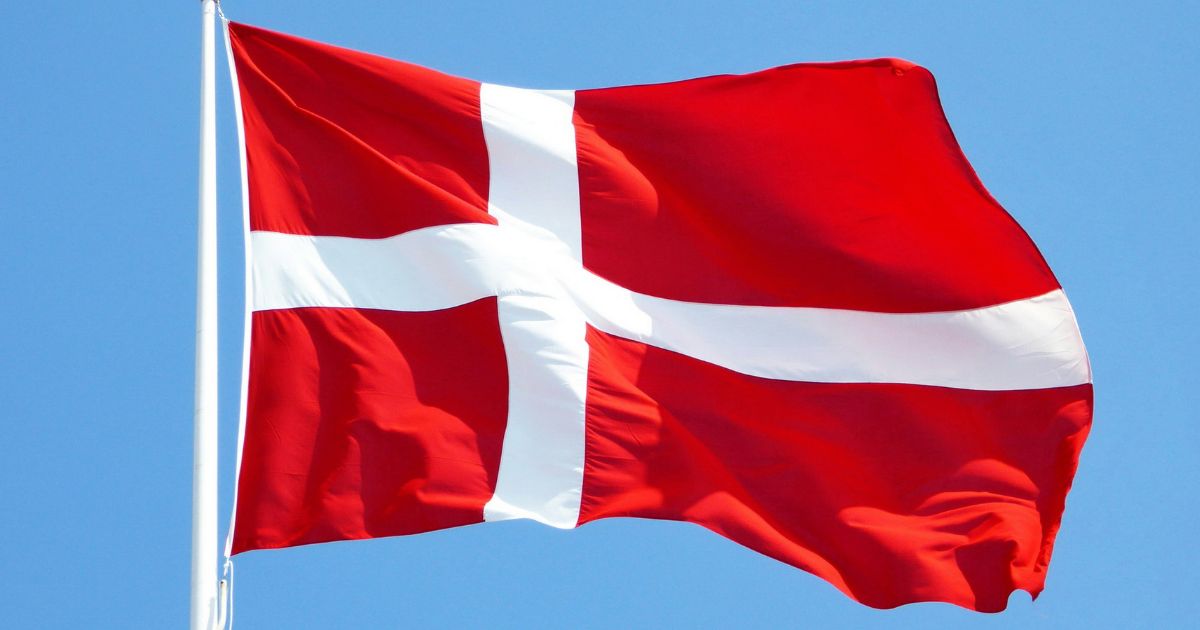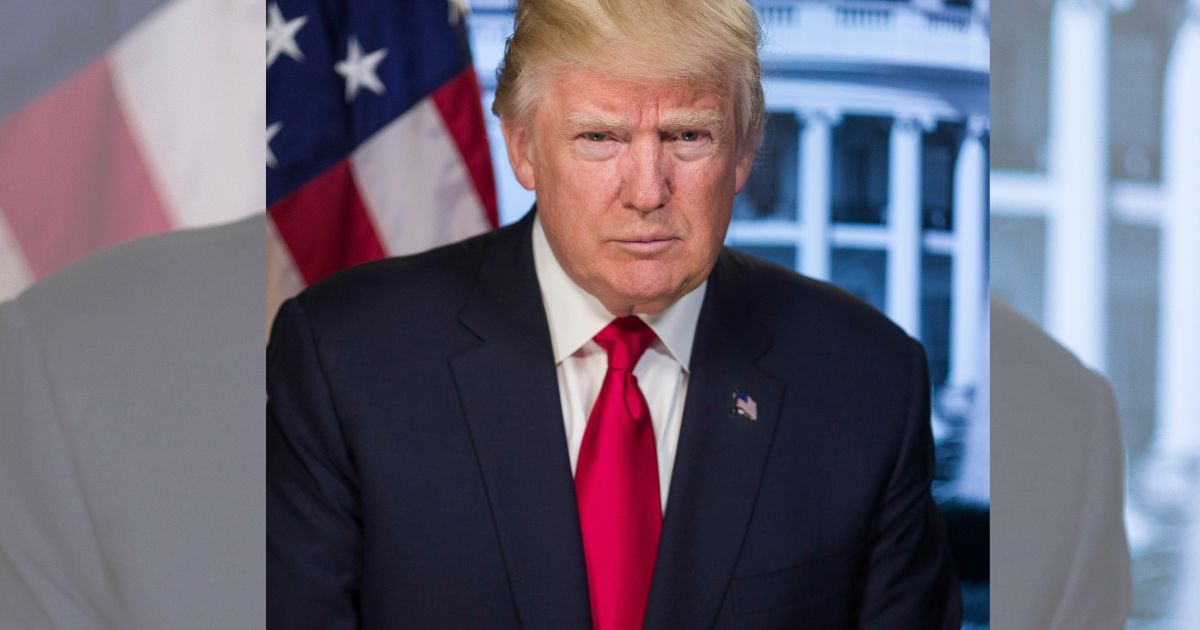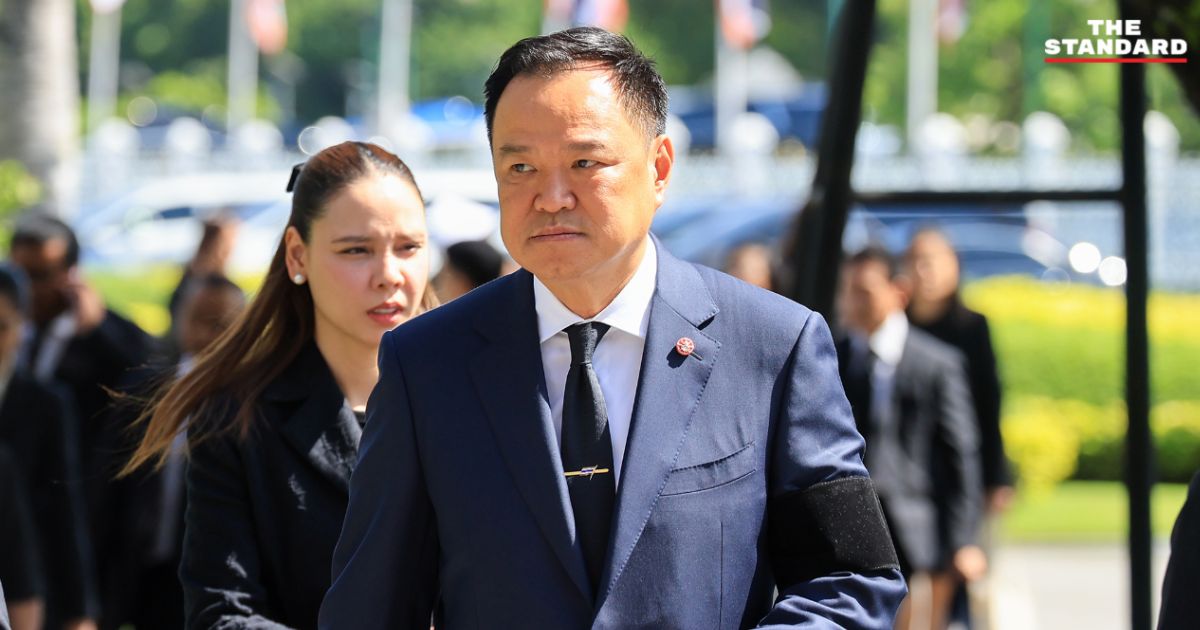In a significant military maneuver, the United States is deploying more than 4,000 Marines and sailors to the waters surrounding Latin America and the Caribbean as part of a reinforced counter-cartel mission under U.S. Southern Command (SOUTHCOM).
The move, ordered under President Donald Trump’s renewed national security directive, underscores a growing emphasis on confronting narco-terrorist threats in the Western Hemisphere.
The deployment includes the Iwo Jima Amphibious Ready Group (ARG) and the 22nd Marine Expeditionary Unit (MEU) along with the USS Fort Lauderdale, USS San Antonio, and other naval assets such as P-8 Poseidon reconnaissance aircraft, destroyers, and a nuclear-powered attack submarine.
These assets enhance surveillance and force projection capabilities in a region increasingly viewed as a strategic front in the war against drug trafficking.
🇺🇸 4,000+ U.S. TROOPS DEPLOYED TO LATIN AMERICA IN MASSIVE ANTI-CARTEL MISSION
The U.S. military is flooding the waters around Latin America and the Caribbean with over 4,000 Marines and sailors as part of Trump’s counter-cartel push.
a deployment so large it includes warships,… https://t.co/mFREz62CDa pic.twitter.com/mEDAxs15T3
— Mario Nawfal (@MarioNawfal) August 16, 2025
A defense official clarified that, for now, the deployment serves primarily as a show of force, though it equips U.S. commanders and the president with a wide array of military options should operational orders be issued. The ARG/MEU configuration brings not only maritime capability but also an aviation combat element.
While the MEU is not traditionally tasked with drug interdiction, its presence signals a more muscular posture. Critics within the defense community have raised concerns about mission alignment, noting reliance on the U.S. Coast Guard may be necessary for effective counter-narcotics operations.
The deployment aligns with a memo from Defense Secretary Pete Hegseth emphasizing the Pentagon’s role in defending the homeland, including combating narcotics trafficking, mass migration, and securing access to the Panama Canal.
The forces will remain under SOUTHCOM’s command for several months, further entrenching U.S. presence in the region.




